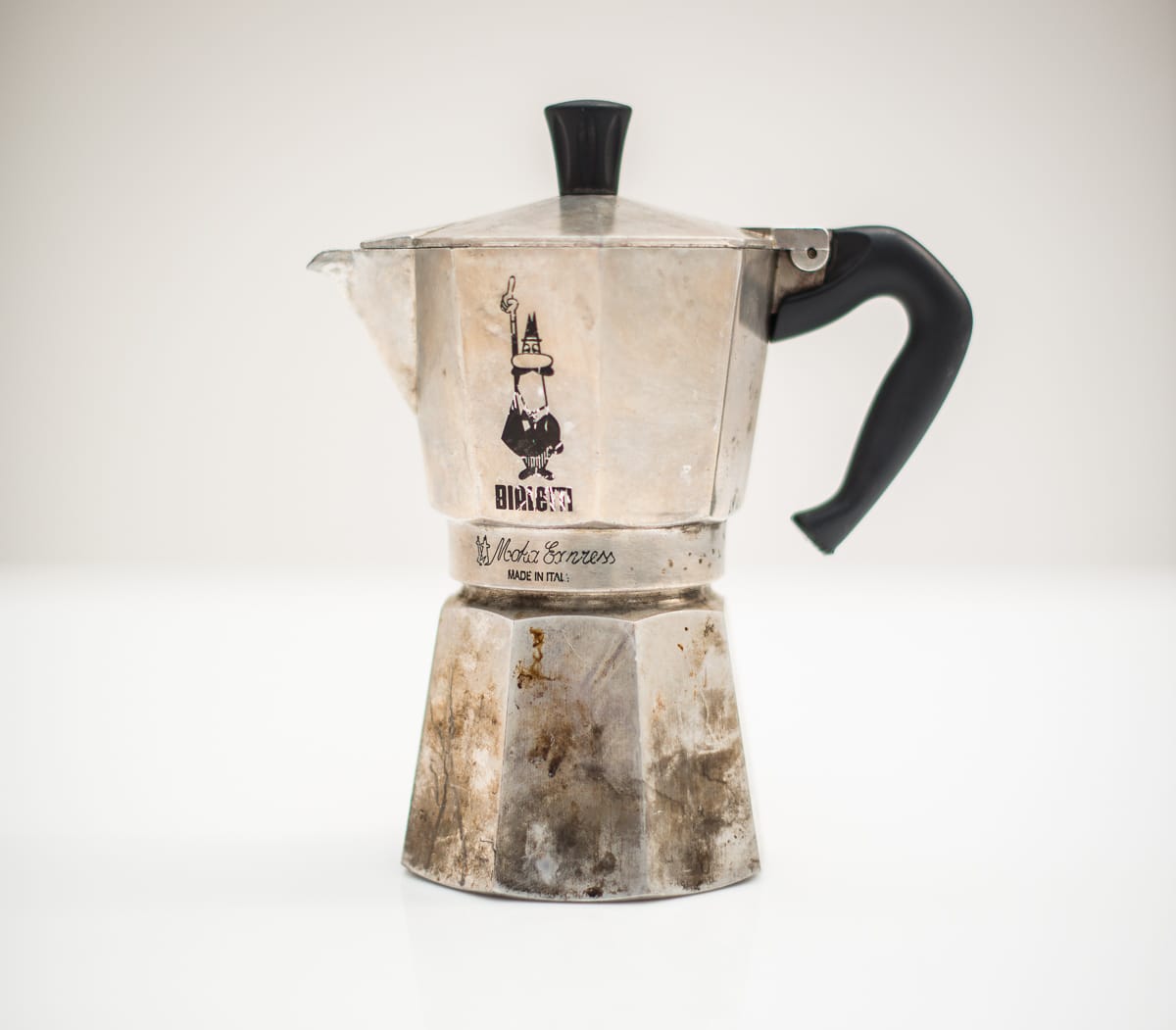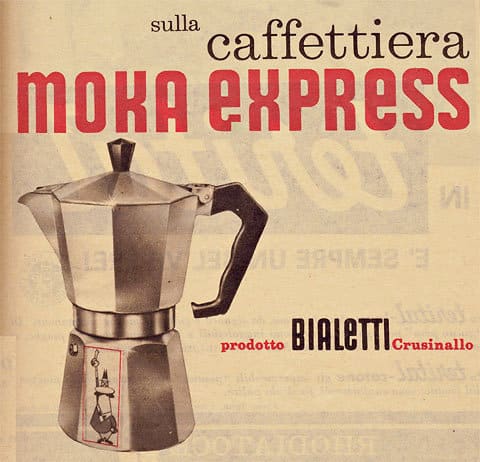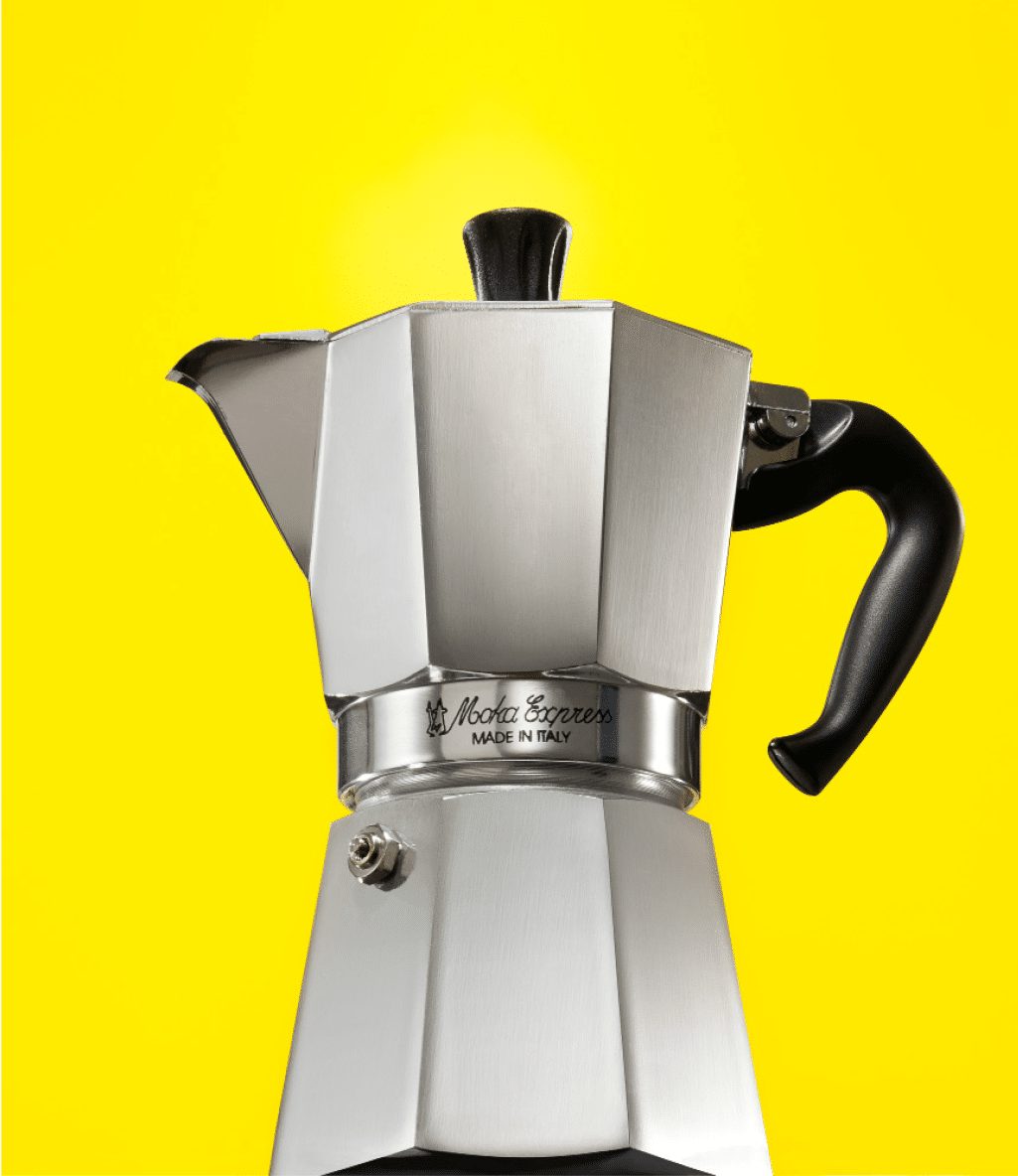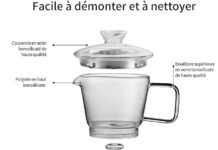Let us take you on a journey through time as we uncover the fascinating origins of the iconic Bialetti Moka pot. This beloved coffee-making apparatus has been a staple in kitchens around the world for years, but have you ever wondered when it first came into existence? Join us as we explore the rich history behind this Italian brewing marvel and discover the innovative mind that brought it to life. Prepare to be amazed by the story of the Bialetti Moka pot’s invention and its lasting impact on our caffeine-fueled mornings.
The Birth of the Moka Pot
Background of coffee brewing
Coffee brewing has been a long-standing tradition across the globe. Dating back centuries, people have experimented with various methods to extract the rich flavors and aromas from coffee beans. From traditional manual brewing techniques to more elaborate contraptions, the art of making coffee has always been a cherished ritual.
Early attempts to automate coffee brewing
As demand for coffee grew, so did the need for faster and more convenient brewing methods. This led to early attempts to automate the process, with inventors trying to create machines that could mimic the flavors of coffee made through manual methods. These endeavors, however, often fell short in reproducing the unique taste and quality that came with traditional brewing.
The Genius Behind the Invention
Renato Bialetti and the Bialetti family
Renato Bialetti, an Italian engineer, was the mastermind behind the Moka pot. Born in 1895 in Italy, Bialetti came from a family that had a deep-rooted passion for coffee. His father, Alfonso Bialetti, had founded a metal workshop in 1919, specializing in aluminum products. Renato took over the business in the 1930s and expanded it into the coffee industry.
Inspiration for the Moka pot
Renato Bialetti drew inspiration for the Moka pot from a simple household item – the washing machine. The mechanism of the washing machine, where steam builds up pressure to create agitating movement, sparked an idea within Bialetti. He wondered if he could utilize this concept to create a coffee brewing device that replicated the flavors and aroma of traditional brews. And so, the iconic Moka pot was born.
This image is property of ineedcoffee.com.
Invention and Development
Preliminary designs for the Moka pot
Bialetti began by sketching preliminary designs for his coffee brewing invention. He aimed to create a device that would be both efficient and user-friendly. With his expertise as an engineer, Bialetti carefully considered the mechanics and materials to be used, ensuring the durability and longevity of his creation.
First prototype of the Moka pot
After refining his designs, Bialetti built the first prototype of the Moka pot. It consisted of a three-chamber structure: a water chamber at the bottom, a coffee chamber in the middle, and a collection chamber on top. The device was designed to be placed on a heat source, where the water would boil and create steam pressure. The steam would then force the water up through the coffee chamber, extracting the rich flavors and aromas.
Refining the design
Bialetti continued to refine the design of the Moka pot, making adjustments and improvements based on user feedback and his own observations. He experimented with different materials, settling on aluminum as it was lightweight, corrosion-resistant, and conducted heat efficiently. The iconic octagonal shape and the distinctive handle of the Moka pot became trademarks of the Bialetti brand.
Commercialization and Popularity
Introduction of the Moka pot to the market
In 1933, Bialetti launched the Moka pot into the Italian market. The device quickly gained attention for its unique brewing method and the exceptional coffee it produced. The Moka pot offered a middle ground between the intense flavor of espresso and the milder taste of traditional drip coffee, appealing to a wide range of coffee enthusiasts.
Initial reception and popularity
The Moka pot received a warm welcome from coffee lovers across Italy. Its ability to brew coffee quickly and easily, while still delivering a robust flavor, made it an instant hit. As word spread about the exceptional brews that the Moka pot could produce, demand for Bialetti’s invention soared. It soon became a staple in Italian households, and its popularity began to extend beyond national borders.
Promoting the Moka pot
To further increase awareness and foster the growing popularity of the Moka pot, Bialetti implemented creative marketing strategies. He utilized eye-catching designs and slogans to capture the attention of consumers. The iconic “Little Man with a Mustache” logo became synonymous with the Bialetti brand, instantly recognizable as a mark of quality and authenticity.
This image is property of thisismold.com.
The Moka Pot During World War II
Impact of the war on production and distribution
The outbreak of World War II presented numerous challenges for Bialetti and his coffee brewing empire. The scarcity of resources and the halt in international trade severely impacted the production and distribution of the Moka pot. The war effort diverted resources towards military purposes, causing a slowdown in manufacturing capabilities.
Adaptation of the Moka pot during wartime
Despite the challenges, Bialetti demonstrated resilience and adaptability during wartime. He made modifications to the Moka pot design, using readily available materials and simplifying the manufacturing process. This allowed production to continue, albeit at a reduced scale. The portable and lightweight nature of the Moka pot also made it a favorite among soldiers, who craved a taste of home during their service.
Post-War Expansion and Global Reach
Exports and international demand
Following the end of World War II, the Moka pot experienced a surge in popularity outside of Italy. Bialetti recognized the potential for international markets and embarked on an ambitious campaign to export his invention. The distinct flavors and brewing process of the Moka pot captured the attention of coffee enthusiasts worldwide, driving up demand and cementing its place in coffee culture.
International patents and trademarks
To protect his invention from imitations, Bialetti obtained patents and trademarks in various countries. This ensured that the Moka pot remained a uniquely Bialetti creation, distinguishing it from competitors. These legal protections, combined with the unwavering commitment to quality, helped Bialetti maintain the integrity and authenticity of his iconic coffee brewing device.
This image is property of thisismold.com.
Evolution of the Moka Pot
Design improvements and variations
As the Moka pot continued to captivate coffee lovers, Bialetti and his team tirelessly worked on improving the design and functionality of their creation. They introduced innovations such as pressure valves and safety features to enhance the brewing experience and ensure user satisfaction. These improvements, while subtle, showcased Bialetti’s dedication to continuous innovation.
Introduction of different sizes and materials
To cater to the diverse needs of coffee enthusiasts, Bialetti expanded the Moka pot line by introducing different sizes and materials. This allowed for customization and personalization, ensuring that everyone could find a Moka pot that suited their preferences. From miniature versions for individual servings to larger pots for gatherings, the Bialetti brand extended its reach to all corners of coffee culture.
Challenges and Competition
Counterfeit products and piracy
The soaring popularity of the Moka pot inevitably attracted opportunists and imitators. Counterfeit products flooded the market, attempting to capitalize on the success of the Bialetti brand. This posed a significant challenge for Bialetti, as the authenticity and quality of his invention were at stake.
Response from Bialetti and legal actions
To combat the counterfeiters, Bialetti took swift action and implemented a comprehensive anti-piracy campaign. He adopted rigorous quality control measures and established a dedicated legal team to pursue offenders. Bialetti’s commitment to fighting counterfeits ensured that consumers could trust in the authenticity of their Moka pot, protecting the legacy and reputation of the brand.
This image is property of www.italymagazine.com.
Contemporary Significance
Enduring popularity of the Moka pot
Even in the midst of modern brewing methods and an array of coffee machines, the Moka pot retains its timeless appeal. Its simplicity, reliability, and ability to deliver a rich and flavorful coffee experience continue to captivate coffee enthusiasts around the world. Generations have embraced the Moka pot as a staple in their daily coffee ritual, appreciating its role in connecting tradition with modernity.
Collectibility and nostalgia
Beyond its functionality, the Moka pot has also become a collector’s item for coffee and design enthusiasts. Vintage and limited-edition versions of the Moka pot have gained popularity due to their unique aesthetics and historical significance. The familiar octagonal shape and the nostalgia it evokes have established the Moka pot as an icon of both coffee culture and Italian craftsmanship.
Conclusion
Legacy of the Bialetti Moka pot
The Bialetti Moka pot stands as a testament to the passion, innovation, and perseverance of Renato Bialetti. His invention revolutionized the way coffee is brewed, offering a convenient and flavorful alternative to traditional methods. The Moka pot has become an integral part of coffee culture, with its distinctive design and brewing process resonating with generations of coffee lovers worldwide.
Ongoing innovations and adaptations
While the Moka pot has firmly secured its place in history, the Bialetti brand continues to innovate and adapt to the ever-changing coffee landscape. With advancements in materials, technology, and consumer preferences, Bialetti embraces new opportunities to refine and expand upon the legacy of the Moka pot. As coffee enthusiasts continue to seek out exceptional flavors and experiences, the Bialetti Moka pot remains a timeless choice that embodies the art and science of coffee brewing.
This image is property of www.wired.com.










































